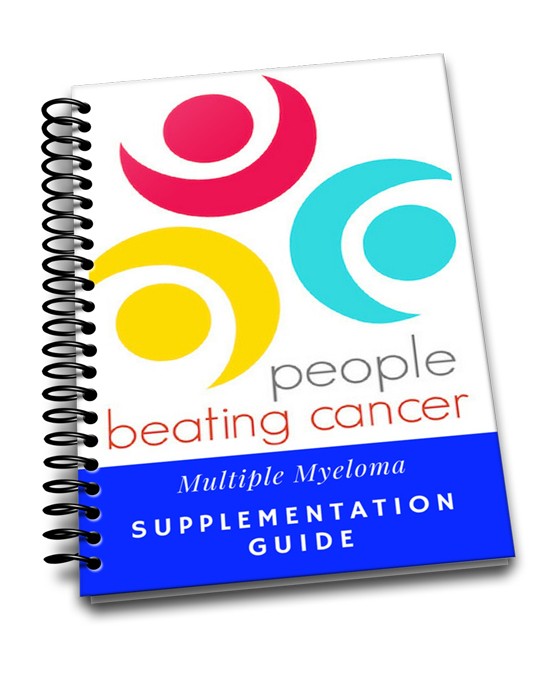Common Myeloma Symptoms are Bone Pain, Fatigue and Night Sweats-
One of the first things that newly diagnosed MMers must learn is the difference between their MM symptoms and their treatment-related side effects. Both are important as both can indicate possible problems. Both can be managed. I am writing this blog post about symptoms versus side effects because both have played an extremely important role in my own diagnosis (original diagnosis but also the diagnosis of both relapses…). Knowledge is power when living with MM.
The only symptom of multiple myeloma (MM) I had when I was first diagnosed was a pain in my neck. I’m not kidding. Of course I was an otherwise healthy 34 year-old so I ignored the pain in my neck. Big Mistake.
In fairness, in all the years I have been cancer coaching MM patients the vast majority of newly diagnosed MM patients either
- discover their MM by accident such as a bone break on the golf course or
- discover their MM by accident at the doctor’s office or
- experience general health challenges such as exhaustion (anemia) and go get a check-up.
The key to managing multiple myeloma is an early, accurate diagnosis. If you suspect you or a loved one has multiple myeloma the only sure way to confirm a diagnosis is to go to your doctor and have your blood tested. If the doctor knows what to look for diagnosing MM is not rocket science. But, like most cancers, an accurate diagnosis is critical for developing a long-term therapy plan.
The most complete listing of MM signs and symptoms is on the American Cancer Society’s MM page discussing:
- Bone problems,
- Low blood counts,
- High blood levels of calcium,
- Hyperviscosity (VTE, DVT),
- Kidney problems and
- Infections
If you or a loved one has been diagnosed with MM the key to managing your MM is to develop a long-term plan utilizing both conventional (FDA approved) and evidence-based, non-conventional therapies. Conventional oncologic therapies are almost guaranteed to bring side effects and relapses. Therefore your plan must include therapies to reduce toxicity while enhancing the efficacy of conventional chemotherapy.
Let me take a moment to explain that no matter how you discovered your MM, you should understand how your symptoms will react once you begin active therapy. Going based on the bulleted list above:
- Bone damage should heal (slowly but it will heal)
- Low blood counts (red, white, platelets) should return to normal
- High serum calcium, like bone damage, should return to normal,
- Hyperviscosity should return to normal. I developed a blood clot while on chemo and it returned to normal…
- Kidney damage- this is a tough one. Healing kidney damage will take time and effort. Please read my blog post regarding kidney damage,
- Infections- once your blood cell counts return to normal, your immune system should function normally and you should no longer suffer from infections.
I have remained in complete remission from my MM since 1999 by utilizing the full spectrum of evidence-based, non-toxic therapies.
Thank you,
David Emerson
- MM survivor,
- Cancer Coach
- Director PeopleBeatingCancer
Recommended Reading:
“ON THIS PAGE: You will find out more about body changes and other things that can signal a problem that may need medical care. Use the menu to see other pages.
People with multiple myeloma may experience a number of different symptoms and signs. Sometimes, people with multiple myeloma do not have any of these changes. For people with myeloma who have no symptoms, their cancer may be discovered by a blood or urine test that is performed for a different reason, such as for an annual physical. Or, the cause of a symptom may be another medical condition that is not cancer…
If you are concerned about any changes you experience, please talk with your health care team. The health care team may ask how long and how often you have been experiencing the symptom(s), in addition to other questions. This is to help find out the cause of the problem, called a diagnosis.
If multiple myeloma is diagnosed, relieving symptoms remains an important part of cancer care and treatment. This may be called palliative care or supportive care. Be sure to talk with your health care team about symptoms you experience, including any new symptoms or a change in symptoms.”




